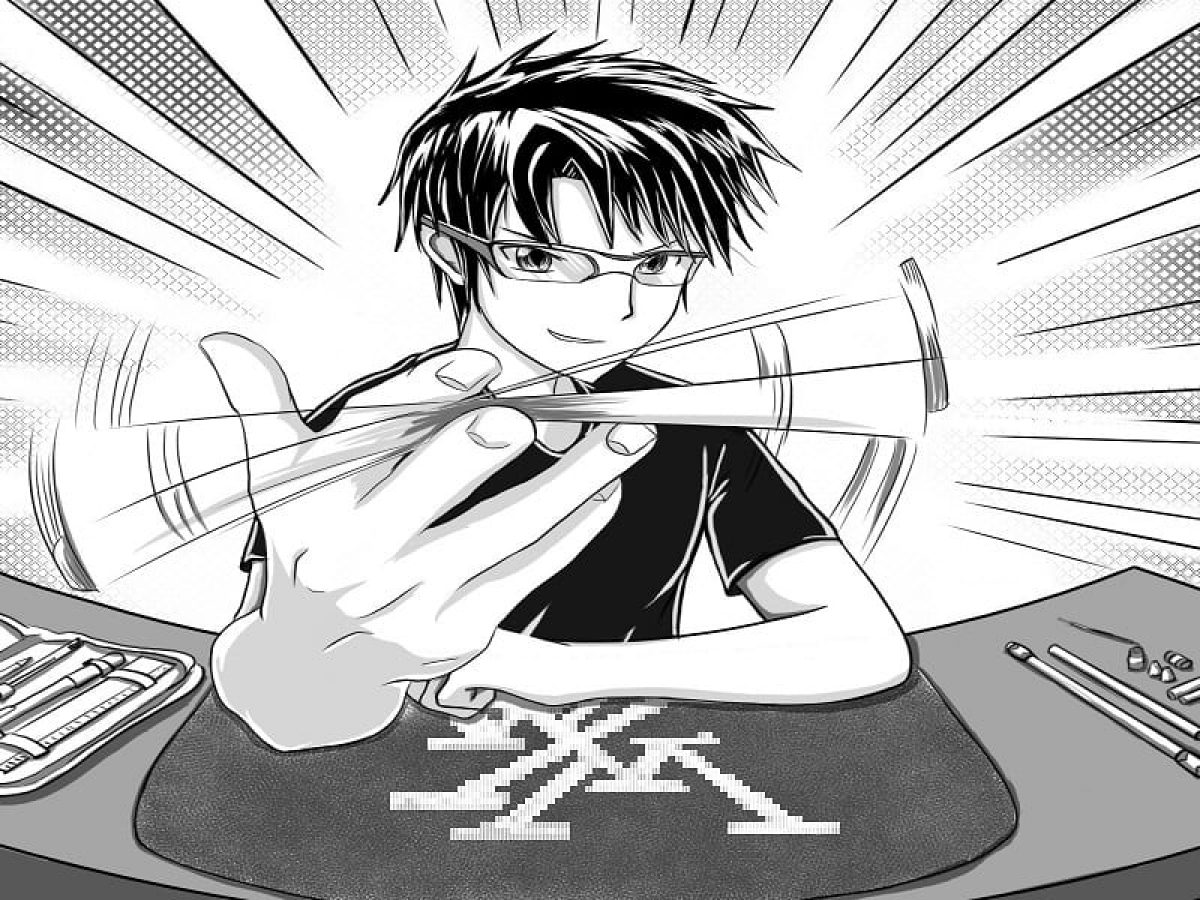
Manga, the japanese art form of comic storytelling, has undergone significant evolution in its artistic style since its early days. From the simple, expressive lines of its origins to the diverse, intricate designs seen in contemporary works, manga’s artistic evolution reflects broader changes in Japanese society, technology, and global influences read kuaikanmanhua com at https://readmanga.cc/. This article explores how the artistic style of manga has transformed over the decades, highlighting key periods, influential artists, and the factors driving these changes.
The early Years: Birth of Modern Manga
The roots of modern manga can be traced back to the late 19th and early 20th centuries, when early Japanese comic art began to take shape. Early manga was heavily influenced by ukiyo-e woodblock prints and Western comic strips. Artists like Rakuten Kitazawa played a crucial role in popularizing manga as a distinct art form, using simple, exaggerated styles and playful narratives. During this period, manga was characterized by its cartoonish simplicity, which emphasized readability and accessibility. The emphasis was on clear lines and exaggerated expressions to convey humor and emotion, laying the groundwork for the manga’s visual language.
Post-War Innovation: The Rise of Shonen and Shojo
The post-war era saw a dramatic shift in manga’s artistic style, particularly with the rise of shonen (targeted at young males) and shojo (targeted at young females) genres. The 1950s and 1960s brought a new wave of creativity, spearheaded by artists like Osamu Tezuka, often referred to as the “God of Manga. ” Tezuka’s work, including Astro Boy and Black Jack, introduced more detailed and dynamic character designs, as well as innovative panel layouts. His influence helped standardize the large-eyed, expressive style that became synonymous with manga. Shojo manga artists, such as Rumiko Takahashi, developed their own distinctive styles characterized by delicate linework, ornate backgrounds, and an emphasis on romantic and emotional storytelling.
The 1980s and 1990s: Diverse Styles and Global Influence
The 1980s and 1990s marked a period of significant diversification in manga art. Artists began experimenting with different styles and genres, reflecting broader cultural and social changes. The influence of Western comics and animation became more apparent, leading to a fusion of artistic techniques. Series like Akira by Katsuhiro Otomo showcased highly detailed, realistic art combined with cyberpunk themes, setting a new standard for visual storytelling in manga. During this time, manga also began to gain international recognition, leading to an increased exchange of artistic influences between Japan and the West. This era saw the emergence of new genres and artistic styles, including the more mature and experimental works of artists like Naoki Urasawa.
The 2000s: Digital Influence and New Aesthetics
With the advent of digital technology in the 2000s, manga art experienced another major shift. Digital tools allowed artists to experiment with color, texture, and special effects in ways that were previously difficult to achieve. Manga series like One Piece by Eiichiro Oda and Naruto by Masashi Kishimoto exemplify this era with their vibrant, detailed artwork and dynamic panel layouts. The use of digital techniques has not only enhanced the visual appeal of manga but also made the production process more efficient, enabling artists to reach a broader audience. Additionally, the rise of online platforms and webcomics introduced new forms of manga, such as digital-first series and independent creator works, further diversifying the artistic landscape.
Contemporary Trends: Blending Genres and Global Fusion
In recent years, manga art has continued to evolve, reflecting global influences and the blending of various genres. Contemporary manga often incorporates elements from different artistic traditions and cultures, resulting in a rich tapestry of styles. Works like My Hero Academia by Kohei Horikoshi and Demon Slayer by Koyoharu Gotouge feature a blend of traditional manga aesthetics with modern design sensibilities. This era also sees a growing influence of global pop culture, with manga artists drawing inspiration from Western comics, animation, and video games. The result is a vibrant and eclectic mix of artistic styles that cater to diverse tastes and preferences.
Future Directions: Innovation and Technology
Looking ahead, the artistic style of manga is poised for further innovation, driven by advancements in technology and changing reader expectations. Virtual reality, augmented reality, and interactive storytelling are beginning to influence manga, offering new ways to engage with visual narratives. Additionally, the continued globalization of manga will likely lead to even more cross-cultural exchanges and hybrid styles. As manga artists experiment with new technologies and techniques, they will continue to push the boundaries of what is possible in visual storytelling, ensuring that manga remains a dynamic and evolving art form.
Conclusion
The artistic style of manga has undergone remarkable transformations over the decades, reflecting broader cultural, technological, and global influences. From its early days of simple, expressive lines to the sophisticated and diverse styles of today, manga continues to evolve and innovate. Each period in manga’s history has contributed to its rich visual language, creating a medium that is both deeply rooted in tradition and continually pushing the boundaries of artistic expression. As manga moves forward, its ability to blend past influences with new technologies promises to keep it a vibrant and exciting art form for years to come.